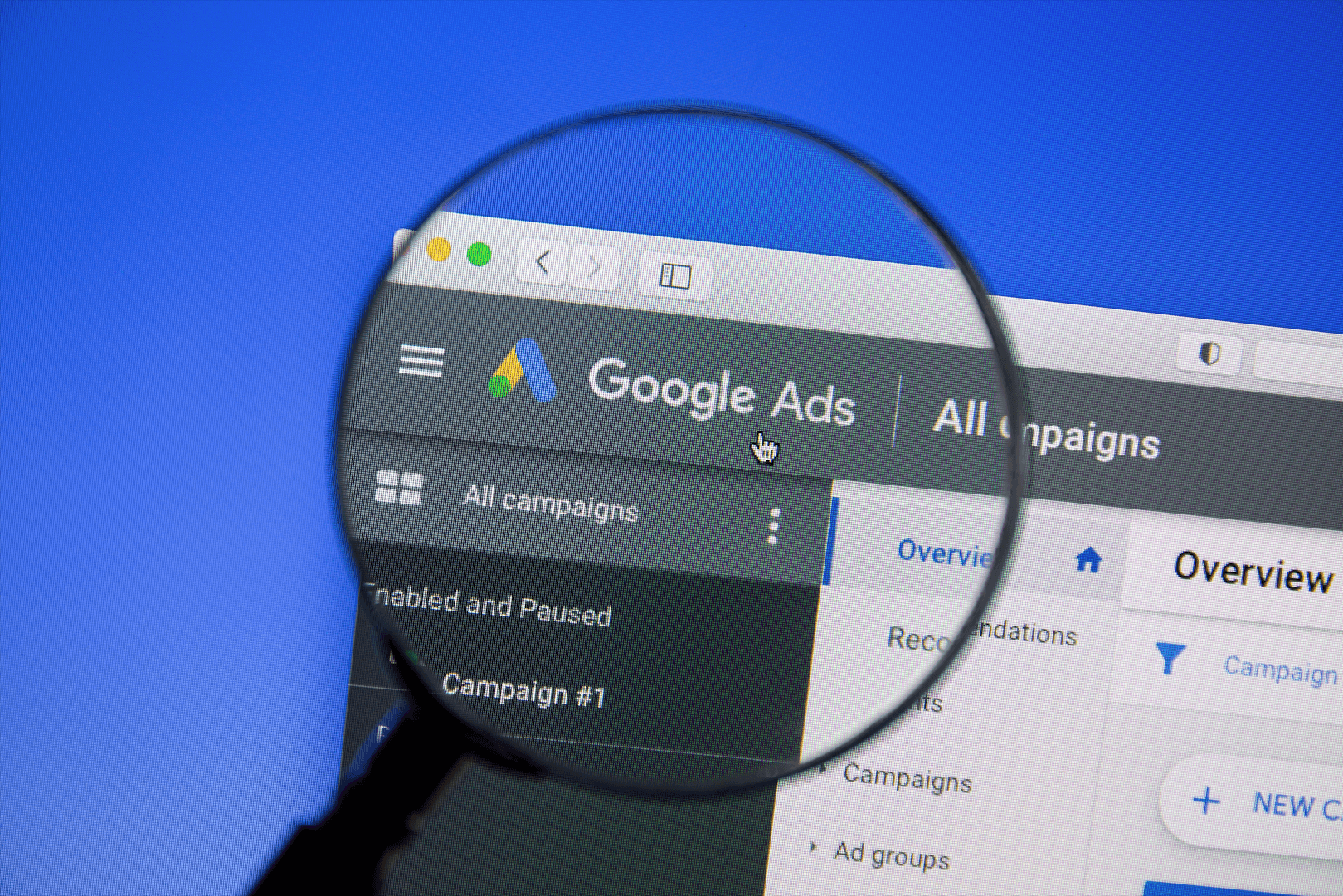Google Ads: Your Cheat Sheet to Copy that Converts in 2025

With 80% of people seeing a Google Ad every day, Google is still the undisputed heavyweight of digital advertising. But the game has changed. Since our breakdown of the fundamentals of ad copy and how to structure it, AI-generated content has flooded organic search and ad costs have skyrocketed. In today’s hyper-competitive environment, small advantages compound fast. That’s why we’re doubling down on what matters most: the nuances of writing Google Search ad copy that actually convert.
What is Google Ads Copy?
Google Ads copy is the short, compelling text you see at the top of Google search results when you enter a search query. These paid placements are made up of a headline, a display URL, and a description. But don’t let their brevity fool you. Every word must work hard to earn a click.
Unlike display ads or video campaigns, Google Search ads are text-only. That means your words are the biggest tool in your toolbox. It’s what stands between you and a high click-through rate.
What Your Google Ad Copy Must Accomplish
When someone searches for something on Google, they’re showing intent. That’s your golden opportunity. Your ad copy needs to:
- match the user’s search intent
- be ultra-specific and benefit-driven
- include a strong call-to-action (CTA)
- highlight your unique value proposition (UVP)
- reflect the language your audience uses
This is where the difference between different copywriting types becomes clear: copywriting for print vs. digital involves a very different mindset. With Google Ads, you only have a few characters to grab attention, make a compelling case and generate a click.
Ad Copy Examples and Tips
Here are a few ad copy examples and best practices to help you craft compelling search ads:
Example 1: SaaS
Headline: Automate Your Reporting in 1 Click
Description: Try the #1 dashboard tool for agencies. No coding. 14-day free trial.
Why it works: Clear benefit (automation), strong CTA (trial), and zero fluff.
Example 2: Travel
Headline: Flights to Paris from $299
Description: Book now & save up to 40%. Flexible cancellations included.
Why it works: Price upfront, urgency, and trust-building features.
Example 3: B2B
Headline: Reduce Onboarding Time by 50%
Description: Our HR software is built for fast-growing teams. Schedule a demo today.
Why it works: A powerful, quantifiable benefit paired with a direct CTA.
Quick Tips:
- Use numbers to build trust (e.g., “Trusted by 10,000+ businesses”)
- Add keywords to headlines for better Quality Score
- Test emotional vs. rational CTAs
- Mirror the language of your landing page for continuity
- Stick to the point (one of our all time most successful copywriting tips and tricks of the trade)
Metrics and Testing
Writing Google ad copy is not a one-and-done deal. You need to test relentlessly.
Key Metrics to Track:
- CTR (Click-Through Rate): Is your copy grabbing attention?
- Conversion Rate: Are clicks turning into actions?
- Quality Score: Does your ad align with the searcher’s intent?
- Impression Share: Are your ads showing up often enough?
A/B Testing Best Practices:
- Test one element at a time (e.g., headline vs. CTA)
- Run tests long enough to get statistically significant data
- Rotate ads evenly to ensure fair results
Remember, even tiny tweaks can have huge impacts over time.
Google Ads offers unmatched reach and intent-based targeting. But without effective ad copy, you’re just spending money to be ignored. Start from the standpoint of what you offer, why others might care and how what you’re saying can really connect with a genuine need, want or worry. Because at the end of the day, great ad copy isn’t about cleverness — it’s about connecting.
Start there, and the conversions will follow.
Reach Out
Be Social
Content Marketing
Next In AI
Use AI to Inspire Your Writing: 7 Tips to Spark Creativity
Explore 7 tips to fuel your writing with AI, from sparking creativity to enhancing your style with Eve Connell's expert...


